
The Byzantine Empire, with its rich history and vast reach, has left a profound impact on the world of art that continues to resonate today. Stretching from 330 A.D. to 1453 A.D., the empire bridged the ancient world and the medieval era, influencing the artistic landscape of neighboring regions and beyond.
The Foundations of Byzantine Art
Originating from the heart of the Roman Empire, the Byzantine Empire was a melting pot of cultures and traditions. This confluence of influences is evident in Byzantine art, which is an amalgamation of Greco-Roman, Christian, and Eastern elements. The capital city of Constantinople, now known as Istanbul, was a hub of creative expression where artists and artisans converged to share techniques and ideas.
Iconography and Religious Imagery
Byzantine art is renowned for its religious iconography. The iconic representations of Christ, the Virgin Mary, and saints were central to Byzantine worship and served as conduits for divine presence. These icons were not mere decorative pieces but were considered sacred, playing a vital role in liturgical practices.
Mosaics and frescoes were primary mediums through which this religious art was expressed. Churches and basilicas were adorned with these intricate artworks, transforming architectural spaces into heavenly realms. The shimmering effect of gold and bold colors in mosaics symbolized the divine light, enhancing the spiritual experience of the worshippers.
Architectural Innovation
The architectural advancements during the Byzantine era notably influenced church design. The most iconic structure is Hagia Sophia, with its massive dome and elaborate decorations, symbolizing the empire’s architectural ingenuity and religious devotion. The architectural style developed during this period laid the groundwork for future ecclesiastical designs throughout Europe and Russia.
Beyond Borders: Global Influence
The influence of Byzantine art was not confined to the empire’s borders. As the empire engaged in trade and religious missions, its artistic influence permeated into parts of Italy, Greece, Russia, and beyond. The Italian Renaissance was, in many ways, a rejuvenation of Byzantine styles, as artists adapted Byzantine techniques of perspective, light, and composition into their works.
Decline and Legacy
Although the fall of Constantinople in 1453 marked the end of the Byzantine Empire, its artistic legacy has endured. The aesthetic principles and techniques developed during this era survived, influencing both Eastern Orthodox and Western Catholic artistic traditions. Today, Byzantine art remains a subject of extensive study and admiration, with its intricate mosaics and ethereal icons seen as testaments to the empire’s cultural and spiritual legacy.
Conclusion
The Byzantine Empire’s contribution to art cannot be overstated. Its innovative approaches to religious imagery and architecture have left an indelible mark on the artistic world. The rich tradition of Byzantine art continues to be celebrated for its spiritual depth and aesthetic beauty, captivating the imagination of art enthusiasts and historians alike.
The Byzantine Empire, with its rich history and vast reach, has left a profound impact on the world of art that continues to resonate today. Byzantine art is renowned for its religious iconography. 
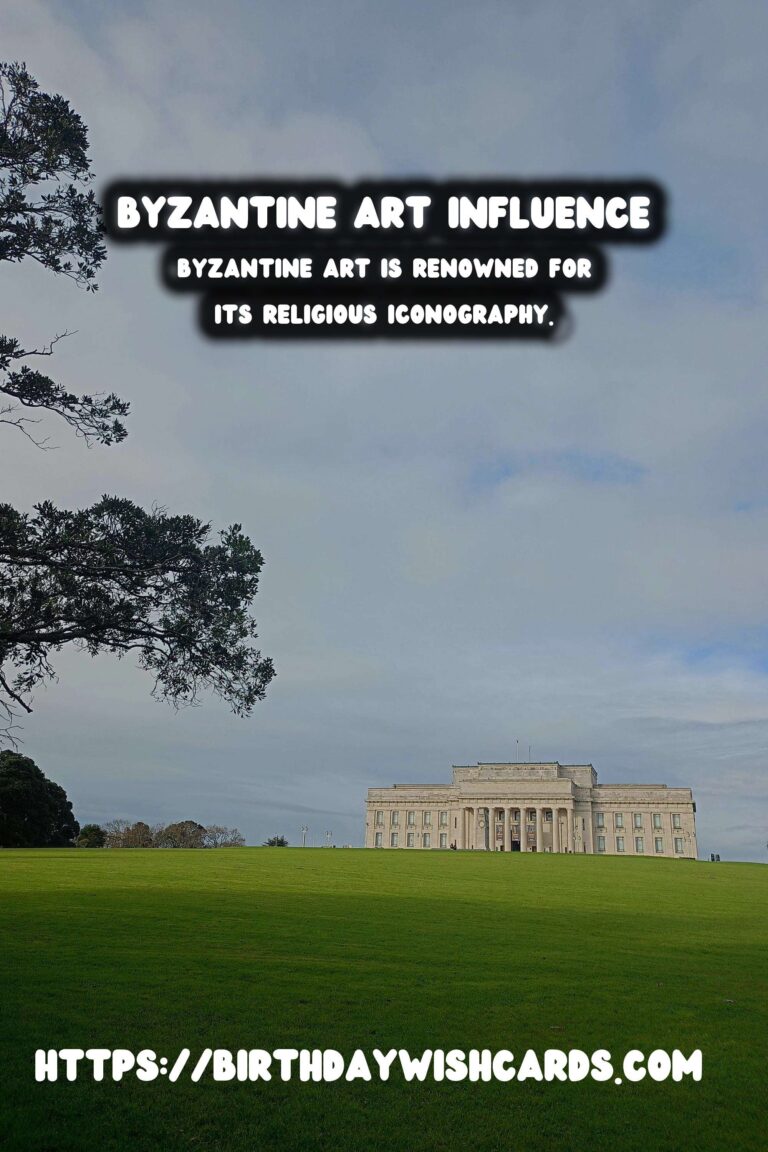
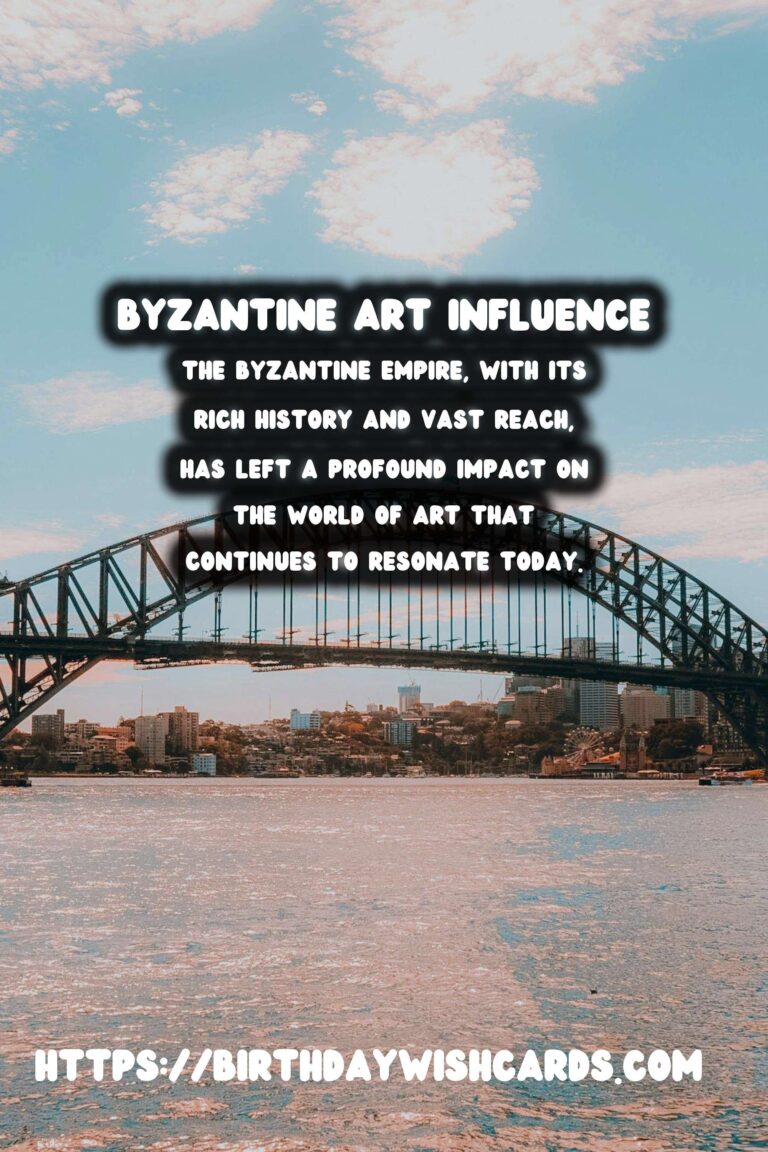
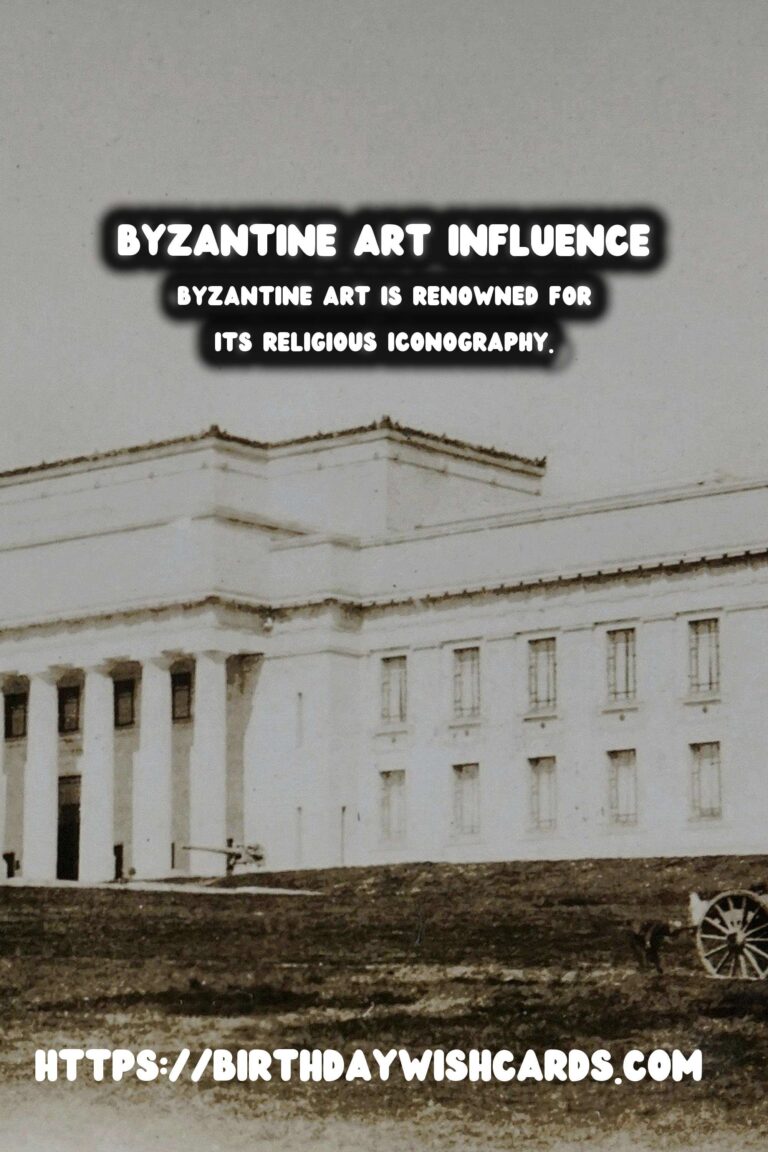
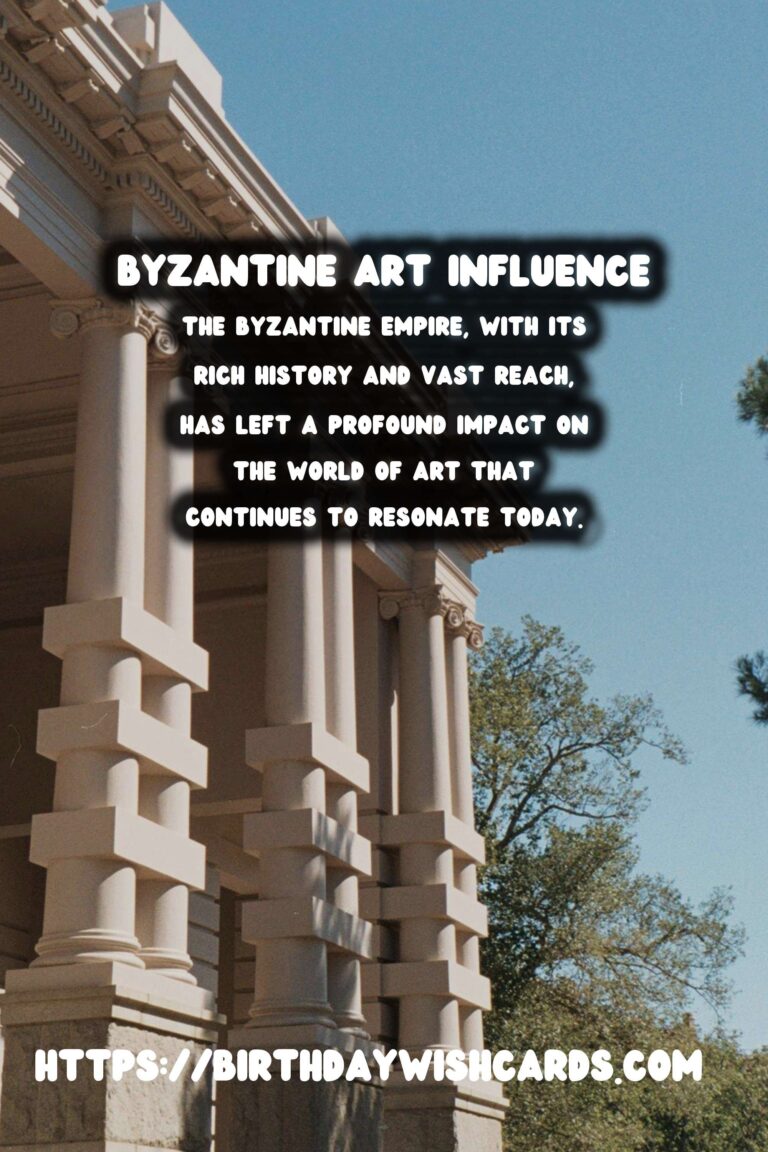
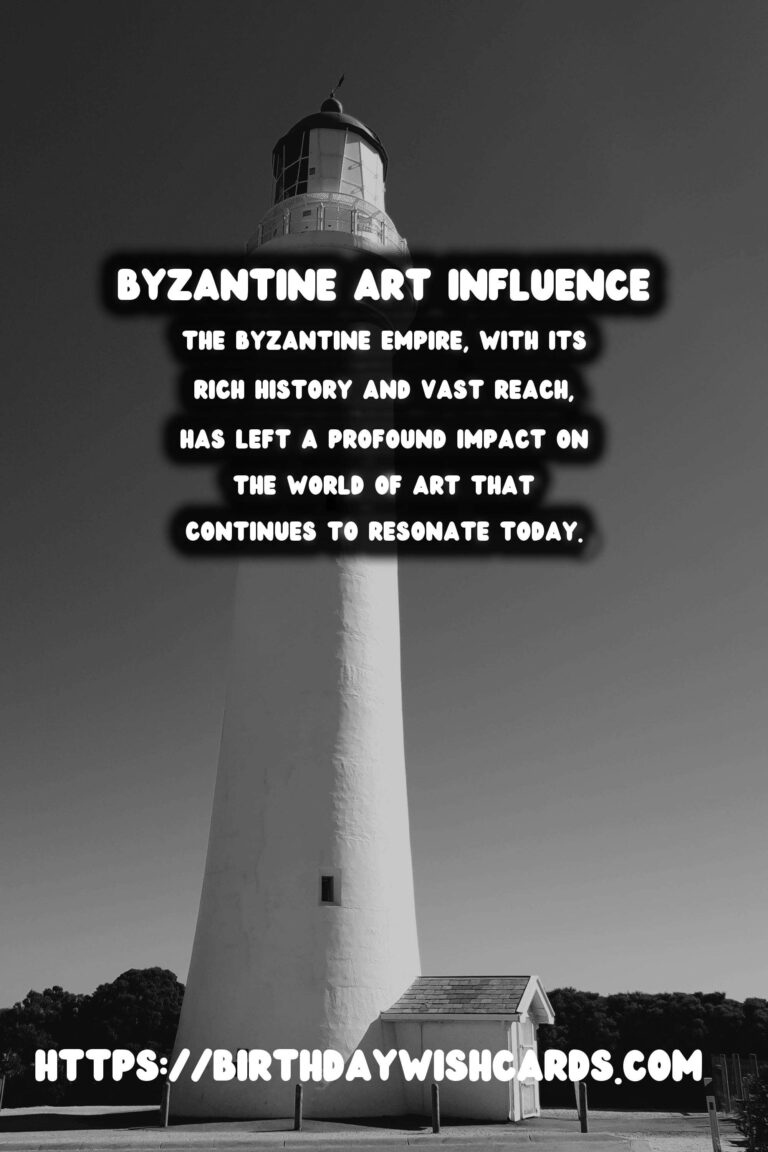
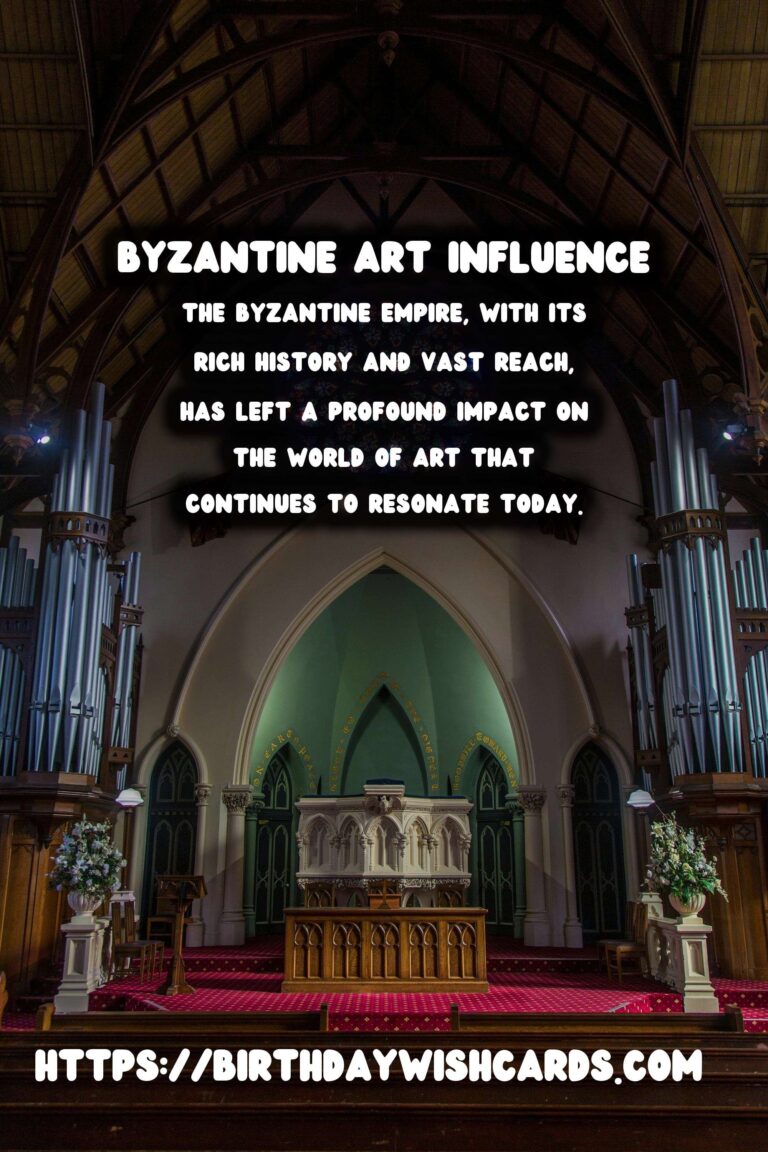
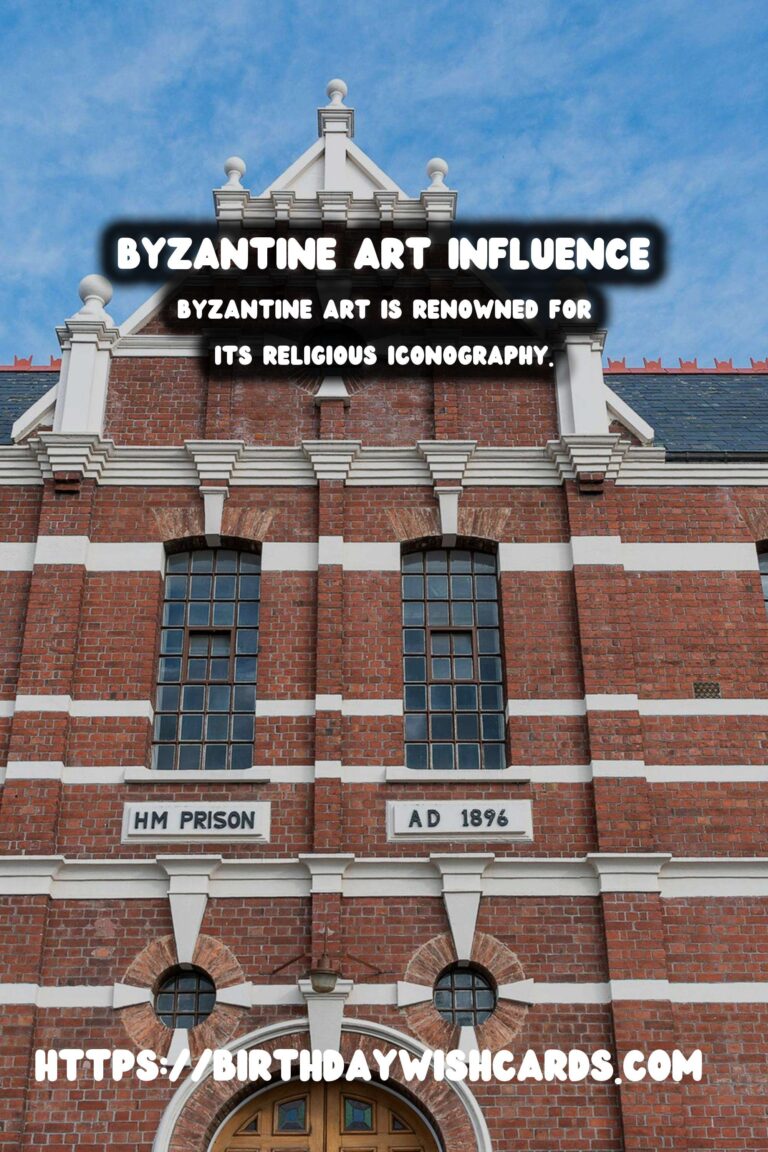
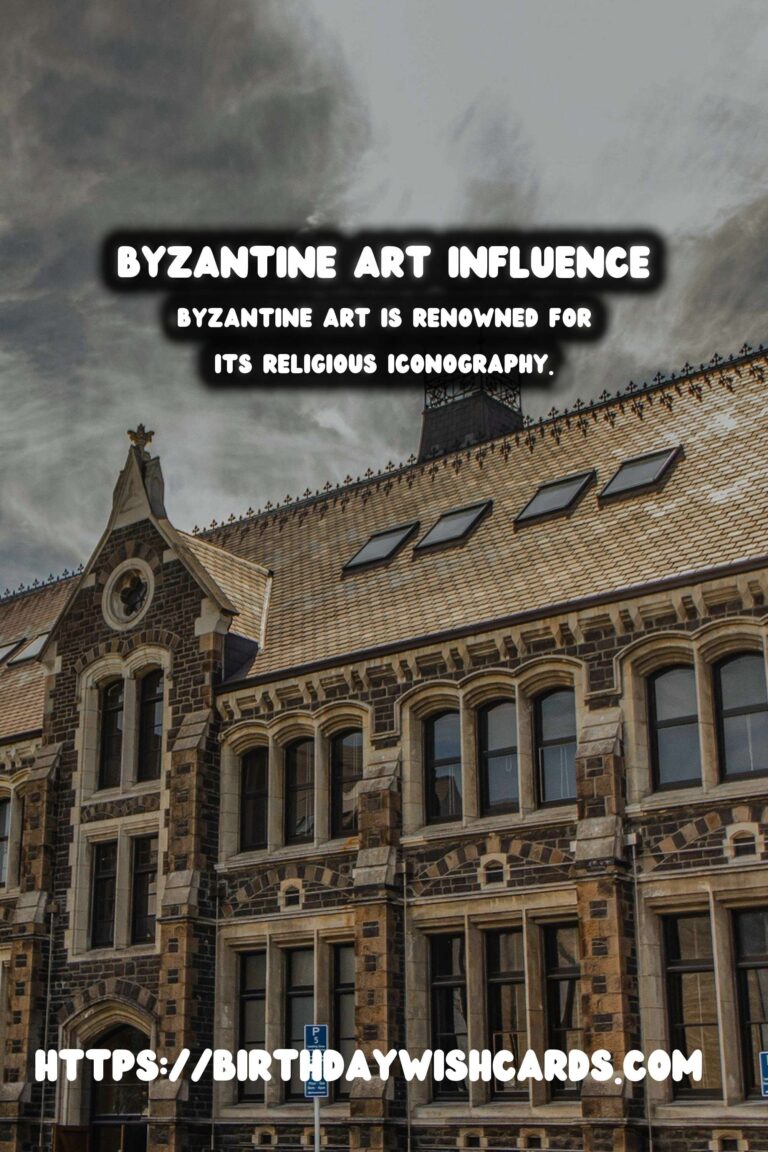

#ByzantineArt #ArtHistory




